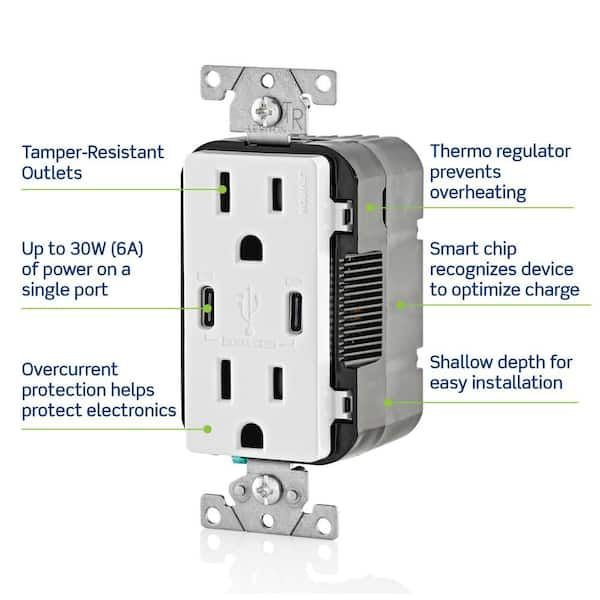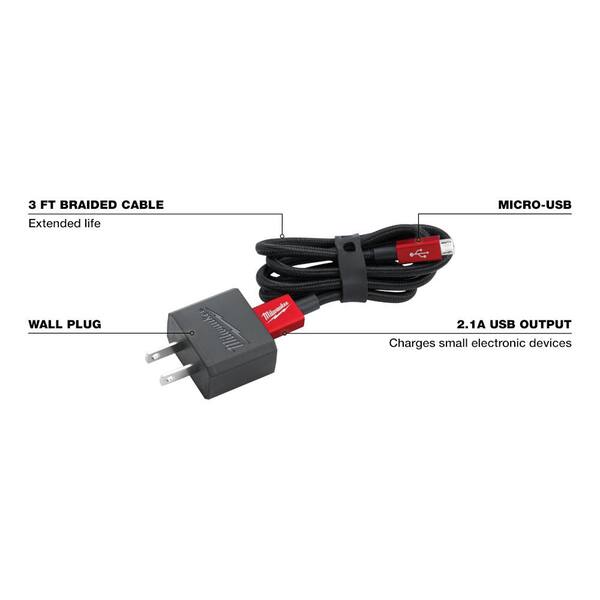

- PORTABLE CHARGER WITH WALL PLUG AT HOME DEPTO INSTALL
- PORTABLE CHARGER WITH WALL PLUG AT HOME DEPTO UPGRADE
- PORTABLE CHARGER WITH WALL PLUG AT HOME DEPTO PORTABLE
However, trying to find an available NEMA 14-30 outlet at the local shopping mall, or a NEMA 6-50 at a rest stop along the highway can be challenging.
PORTABLE CHARGER WITH WALL PLUG AT HOME DEPTO INSTALL
It's not an issue for home charging, because you can install the outlet you need at home, your place of work or maybe even at a relative or friend's house.
PORTABLE CHARGER WITH WALL PLUG AT HOME DEPTO PORTABLE
The variety of different types of outlets can be a big problem for those who want to take these small, portable units on the road with them.

While they all use the same industry-standard J1772 connector to plug into the car, each of the three units in our comparison uses a different wall plug on the other end. All three of the units in our comparison can deliver 16-amps of power, which will charge a typical EV at a rate of rough 11 to 15 miles of range per hour, depending on how efficient the vehicle is. Those in that position may have no choice but to settle for a lower-powered 16-amp 240-volt EVSE.
PORTABLE CHARGER WITH WALL PLUG AT HOME DEPTO UPGRADE
Many homes, especially older ones, cannot add a 40-amp circuit without an entire service upgrade that costs thousands of dollars. Part of your research should be determining whether or not it's even possible to add a dedicated 40-amp or 50-amp circuit necessary for a 32-amp or 40-amp higher powered wall unit to your home. AmazingE includes two large grocery-style bags for storing & transporting the unit. Webasto includes a wall-mounted cable organizer and a carry case. Therefore, "powerful" is a relative term, and we urge customers to do their due-diligence before purchasing any EV charging equipment.ĬlipperCreek includes a wall-mounted connector holster with every EVSE.

These wall-mounted chargers are twice as powerful as the 16-amp portable units we're discussing here today. There are also many EV owners who may be better served buying a 32-amp wall mounted unit for only a little more than the cost of many of these lower-powered, portable 240-volt units. The advertisments that claim their products will "charge your car 3 times faster" don't always tell the whole story. Just make sure you know exactly what charging equipment came with your EV before making a purchase, or you may end up buying something that isn't really better than what you already have. As for charging speed, it is true that a 16-amp portable 240-volt EVSE will charge an EV at nearly three times as fast as a 120-volt, 12-amp unit as the ads claim. In that case, you're more likely to be in the market for a higher-amperage wall mounted unit. If your EV comes with a portable 240-volt charger, then you probably have no need for another one. Therefore, make sure you know your car's charging capabilities before you purchase charging equipment, or you may not pair the correct device with your car's charging ability, and your driving needs. Some EVs can only accept 16-amps of power, while others, like the new Audi e-Tron for instance, can accept up to 40-amps. We've seen claims of "charges three times as fast" and "lightning fast" being used, and some people new to EVs may not fully understand how EV charging works. Some manufacturers like to boast about the charging speed of these units in their advertisements, and it can sometimes get a little confusing. High Powered or Low Powered? That Depends.īefore we start the comparison, we'd like to talk a little about the power delivery of these units. It has an Amazon rating of 4.8 out of 5 stars, and the reviews on many online EV forums are mostly satisfactory. The AmazingE has been available for a little over a year now, and seems to have a relatively high customer satisfaction rate. One example of the new, lower-priced units is the AmazingE. However, these well known favorites aren't inexpensive, and have recently been challenged by a number of new entries to the market, many of which are offered at a significantly lower price point. The ClipperCreek and Webasto units have been available for years now, and have long since established themselves as high quality, dependable units. PHEV owners may not feel the need for a more powerful, wall-mounted unit since their car has a smaller battery, and a lower charge rate than a pure EV. Also, they allow PHEV owners to fully recharge their batteries in a couple of hours, instead of the 10 to 15 hours that it would take on level 1. These units are especially well-suited for those customers who want to charge at multiple locations (home, work, a relative's house, etc) with only one unit, and also for those who don't have the electric capacity to install a higher powered unit at home. These devices offer a middle-ground between the standard 120-volt, level 1 chargers that most EVs come standard with, and a typical wall-mounted EVSE like the ones we compared in our Ultimate Buyers Guide.


 0 kommentar(er)
0 kommentar(er)
